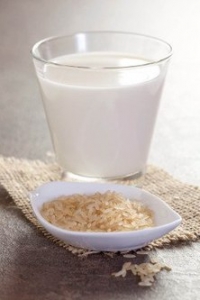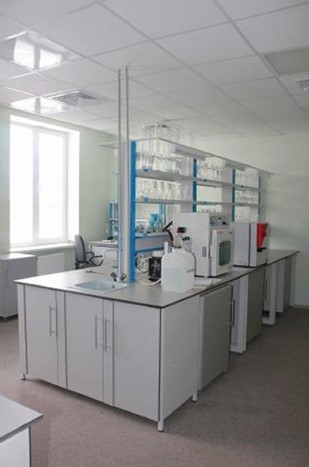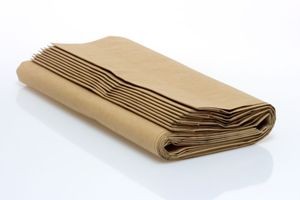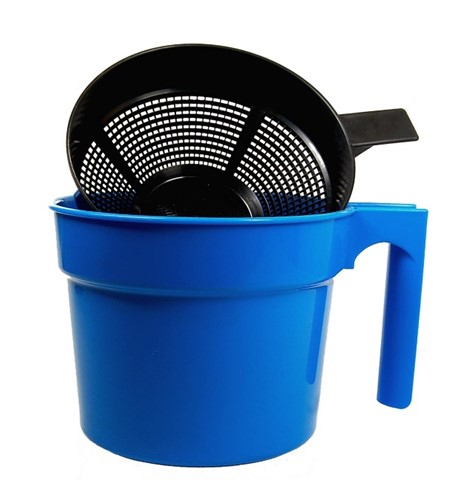Why You Shouldn't Add Electrolytes to Milk Replacer to Treat Diarrhea in Calves

Misunderstanding electrolyte supplementation can lead to animal death
This is recalled by bovine HEALTH specialist Jim Quigley in an article
“Once I received an e-mail from a colleague from another country. He works on a dairy farm where there are serious problems with calf diarrhea. Employees, by order, fed MILK replacer to very young calves, and they had watery white diarrhoea. Several died due to swelling of the abomasum. A colleague contacted me to ask for advice and to know what his next steps should be. I provided him with some comments and recommendations, perhaps they will be useful to others who are faced with this.
I did my investigation by correspondence to gather information. And one comment clarified the picture - on the farm, electrolytes were added to the milk replacer to, in fact, make up for the loss of electrolytes due to diarrhea. This was the key.
There are a few things to remember about supporting the health of calves with diarrhea, but the two most important are water and electrolytes.
Calves with diarrhea lose water and become dehydrated. it is important to remember that replenishing lost water is an essential element of electrolyte treatment! Thus, the addition of an electrolyte powder to milk replacer does not solve this very important problem. It is absolutely necessary to replace the water lost by calves with diarrhea, and additional supplements of electrolytes mixed with water are needed.
The second problem when mixing electrolyte powder into milk or milk replacer is the change in the osmolality of the liquid consumed by the calf.
It is important to know that the osmolality of milk or milk replacer affects the rate of emptying of the abomasum of the calf.
Whole milk has an osmolality of about 300 mOsmol/L. Milk substitutes are usually higher, but rarely exceed about 500 mmol/L.
Electrolyte ingredients, such as SUGAR and sodium, are highly osmotic, meaning they dramatically increase the osmolality of a solution.
So, when we add an electrolyte pack to milk or milk replacer, we can dramatically increase the osmolality of the liquid. When the osmolality exceeds about 600 mOsmol/l, we slow down the emptying of the abomasum until the calf's body can dilute the liquid so that it can exit the abomasum.
What will happen next? When the liquid remains in the abomasum, it becomes a substrate for bacterial growth.
The bacterium Clostridium perfringens is a normal component of the gastrointestinal flora of animals. Normally, the flow of digested food through the gastrointestinal tract is fast enough that this bacterium does not grow significantly within the tract.
However, when the outflow of fluid from the abomasum is impaired, this bacterium can thrive inside the abomasum. The resulting toxins, gas, and acid result in the characteristic "abomasum bloat". Often we do not see clinical signs, since the onset of the disease occurs very quickly.
Conclusion. Do not add powdered electrolytes to milk or milk replacer to treat diarrhea. Just do not - enter separately with water.
Read together with it:
- О самых распространенных причинах пожаров рассказали в МЧС2 октября, Минск. О самых распространенных причинах пожаров рассказал начальник главного управления надзора и профилактики МЧС Дмитрий Турчин на "Предупреждение чрезвычайных ситуаций в осенне-зимний период. Профилактика пожаров и гибели людей от них", которая прошла в БЕЛТА. "В республике наблюдается рост количества пожаров на 7,7%, и на 1......
- Премьер Финляндии призвал ЕС быть оборонным союзом, а не торговым блокомЧтобы избежать потенциальной угрозы от «враждебных государств», Евросоюз должен укреплять оборону и сотрудничать в данной сфере, заявил финский премьер Орпо. Он отметил, что это не будет значить, что Брюссель «вытесняет» НАТО Петтери Орпо Евросоюз должен взять на себя «беспрецедентные полномочия», чтобы защититься от «растущих угроз». Об этом сказал премьер-министр Финляндии Петтери Орпо, сообщает...
- Belarusian exports of dry milk products to Myanmar quadrupled in the first half of the year.Photo by the Ministry of Agriculture and Food, September 30, MINSK . The first meeting of the Belarusian-Myanmar Joint Working Group on Cooperation in Agriculture and Food was held at the Belarusian Ministry of Agriculture and Food, the ministry told BelTA. The meeting was attended by Deputy Minister Ivan Smilgin, heads of the Ministry's departments, Ambassador Extraordinary and Plenipotentiary of...
- В ОАО "Святая Воля" в Ивацевичском районе за полгода выручка на каждого работника составила Br98 тыс.Владимир Любушак 26 сентября, Минск. ОАО "Святая Воля" - динамично развивающееся предприятие Ивацевичского района с выручкой от реализации на каждого работника Br98 тыс. Это результат первой половины 2025 года, сообщил в интервью журналу "Экономика Беларуси" директор акционерного общества Владимир Любушак.Угодья хозяйства раскинулись на более чем 1......




























































